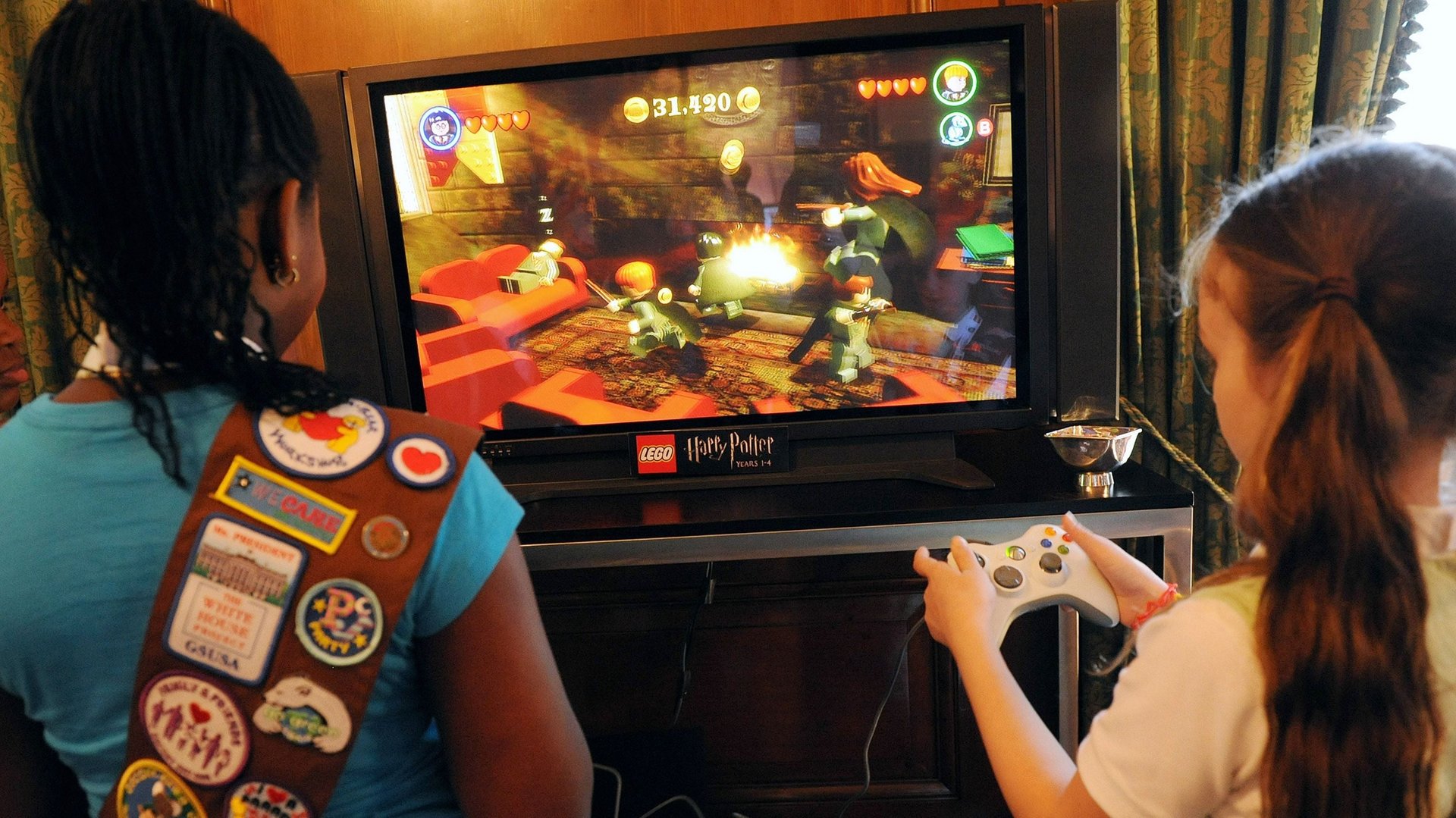Video game companies leave much more than just money on the table if they lack diversity
There are billions of dollars at stake—over $36 billion in the US alone—when it comes to the value of the video games industry. But the disparity between the game makers and the game players, especially when it comes to gender and ethnicity, means companies are leaving potentially vast amounts of money on the table, a recent study from Nielsen found. What’s more, businesses are losing a significant opportunity to meaningfully engage with audiences.


There are billions of dollars at stake—over $36 billion in the US alone—when it comes to the value of the video games industry. But the disparity between the game makers and the game players, especially when it comes to gender and ethnicity, means companies are leaving potentially vast amounts of money on the table, a recent study from Nielsen found. What’s more, businesses are losing a significant opportunity to meaningfully engage with audiences.
Nielsen’s research discovered that in the US, Asian-Americans, followed by African-Americans, are most likely to be gamers, while 73% of African-Americans 13 and older are gamers, compared with 66% of the total population. The marketing agency Mediakix also found 63% of all mobile gamers to be female. Damon Packwood, co-founder of Gameheads, an organization that trains low-income students of color in game design and development, pointed out in Quartz earlier this year that more than half of the gaming population in the US between the ages of 6 and 29 will be people of color in less than 10 years.
However, according to a survey by the International Game Developers Association published in January 2018, the majority of people working in the industry are still white (68%) and male (74%).
“One of the first elements of writing strategy is write what you know,” Cheryl Grace, senior vice president of US strategic community alliances and consumer engagement for Nielsen, told Quartz. So it’s logical that men in the video game industry would draw on their own experiences, she says, but those experiences don’t proportionately represent gaming audiences. A diverse group of video game developers and writers means that the industry might be better equipped to create content that caters to players across different demographics. And that content will sell.
“There’s a lot of money at stake,” Grace says. “It’s important for the gaming industry to recognize there is money being left on the table because there is a lack of complete holistic storylines that resonate with people of color. There is also an opportunity for people of color to write about our own stories, and a lot of money to be made,” she said.
For comparison, the Hollywood box office made $11 billion in 2017, less than a third of US gaming’s revenues, but the massive success of films like Black Panther and Crazy Rich Asians shows that diversity pays off and is well received by all demographics. The long-awaited realization in Hollywood that minority-led movies can thrive, Grace says, should be something the gaming industry considers.
The movement has started: Various organizations, like Gameheads, have made diversity in gaming a priority. Some developers, like Culture Shock Games, also focus on delivering narratives that accurately represent the experiences of people of color (rather than simply using token characters). In Assassin’s Creed III: Liberation, gameplay revolves around interacting with the world as a biracial woman, and character customization gives players more options for how they are depicted.
But there’s still a long way to go. Jay-Ann Lopez, founder of Black Girl Gamers, a community for black female gamers that also aims to effect change and promote diversity in the gaming industry, told Quartz that there are only 17 playable black female protagonists in mainstream video games. (In 2015, the Houston Press put this number at 14.) There are myriad minority-led organizations that big gaming companies can consult to improve on diversity, Lopez says, and to provide meaningful depictions of non-white characters. “Support the grassroots organizations to get that authenticity,” she says.
Nielsen’s research also emphasizes the importance of using gaming as a “connection vehicle” that can affect culture, especially since video games engage audiences for hours at a time.
“It’s an opportunity for marketers to use this engagement to either promote their brand or their platform,” Grace says. More importantly, both gamers and developers can use gaming as a means to spread educational messages, about anything from culture to careers (Grace mentioned a company that consulted her about creating a game teaching people how to invest).
The dark sides of gaming culture have long been explored in the media, with “Gamergate,” a 2014 controversy when female gamers and developers faced a slew of threats, being one prominent example. Racist and sexist insults online, Lopez says, is what motivated her to create BGG in the first place.
“[Video game companies] generate a toxic culture by being exclusionary or doing nothing,” Lopez says. The risk of “toxicity” should be enough to motivate companies to make a change. Beyond the billions that the industry might be leaving on the table, fixing a culture to better the future of gaming might be the most important thing.